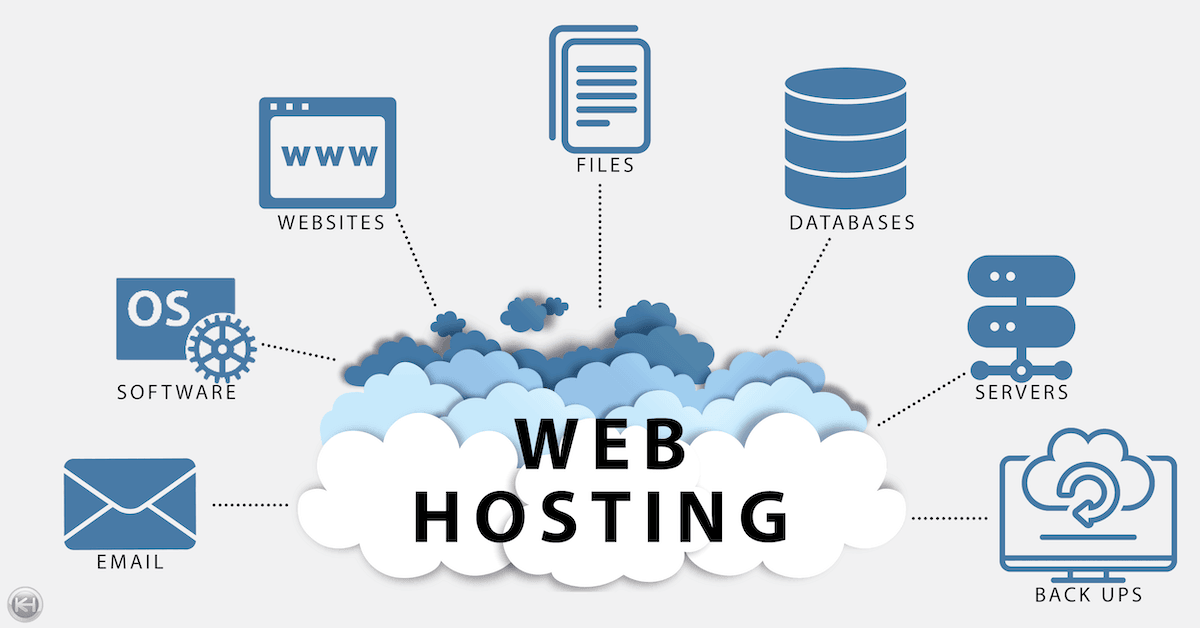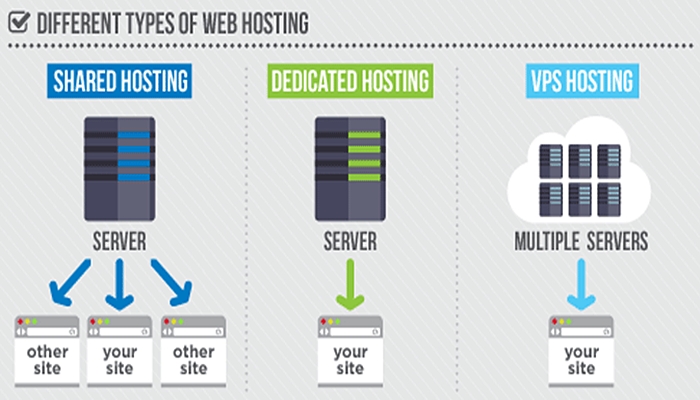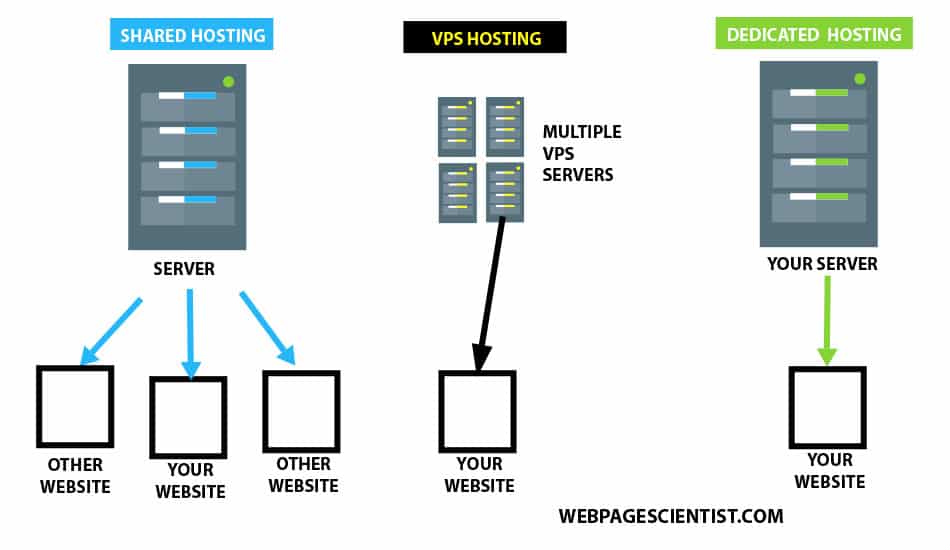Web hosting accounts are the foundation of any online presence, providing the digital space where your website lives and thrives. From simple blogs to complex e-commerce platforms, understanding the intricacies of web hosting is crucial for success.
This comprehensive guide delves into the world of web hosting, exploring the various types, factors to consider when choosing a provider, and essential steps for setting up and managing your account. We’ll also discuss security measures, performance optimization, and cost considerations, ensuring you have the knowledge to make informed decisions and navigate the complexities of web hosting with confidence.
Setting Up a Web Hosting Account

Setting up a web hosting account is a crucial step in establishing an online presence. It involves selecting a hosting provider, choosing a plan, and configuring your account to host your website. This guide will walk you through the essential steps to set up your web hosting account effectively.
Choosing a Hosting Provider
Selecting the right hosting provider is essential for ensuring your website’s performance, reliability, and security. Consider factors like pricing, features, customer support, and server location. Compare different providers and read reviews to make an informed decision.
Creating a Hosting Account
Once you’ve chosen a hosting provider, you’ll need to create an account. This typically involves providing personal information, choosing a plan, and selecting a domain name. Follow the provider’s instructions carefully during the account creation process.
Configuring Domain Names
After creating your hosting account, you’ll need to configure your domain name to point to your hosting server. This involves updating DNS records, which are like address books that connect your domain name to your website’s files. Most hosting providers offer tools to simplify this process.
For example, you might need to update the A record to point to your hosting server’s IP address.
Uploading Website Files
Once your domain name is configured, you can upload your website files to your hosting server. Most hosting providers offer FTP (File Transfer Protocol) access or a web-based file manager for this purpose.
Ensure you upload all the necessary files, including HTML, CSS, JavaScript, and images.
Setting Up Databases, Web hosting account
If your website requires a database, such as for a content management system (CMS) like WordPress, you’ll need to set it up. Most hosting providers offer tools for creating and managing databases.
For example, you might need to create a database, assign a username and password, and import your website’s database files.
Last Point: Web Hosting Account

Navigating the world of web hosting can seem daunting, but with the right knowledge and guidance, it becomes a seamless journey. By understanding the fundamentals, choosing the right provider, and implementing best practices for security and performance, you can build a robust online presence that empowers your business and connects you with your audience.




